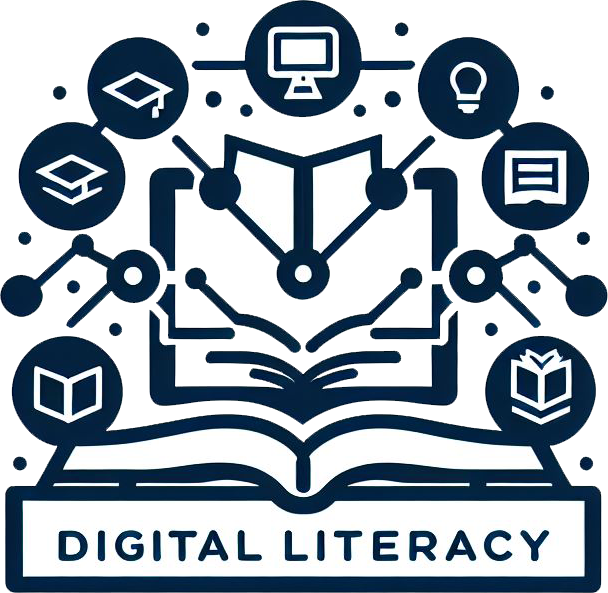Telemedicine is a convenience, but offers challenges; UK Extension has a health literacy program to help

By Khushi Arora
Kentucky Health News
How people access health care has evolved over the years, changing not only how patients interact with their health care providers, but also how they manage and understand their own health. One of the most significant shifts has been the rise of telemedicine, which allows a patient to receive remote clinical services from their health care provider.
However, convenience doesn’t always mean clarity. While online access has made health care more accessible, it can also complicate the communication between patients and their provider.
Organizations such as Blueprint Kentucky, formerly the University of Kentucky Community and Economic Development Initiative of Kentucky, or CEDIK, are working to address these challenges by enhancing digital literacy across the state. This initiative helps individuals and communities – particularly in underserved and rural areas – develop the skills needed to navigate the digital aspects of modern healthcare.
Mark Mains, director of workforce and engagement with the UK Cooperative Extension Service, as part of Blueprint Kentucky, said digital literacy is a skill that is now a necessity for everyone.
“Digital literacy is not something you need to just be better at work or better at school. It’s something you need to really survive in society now,” he said.
Blueprint Kentucky helps Kentuckians to not only gain internet access, but also to learn how to access and interpret online medical information.
Another challenge, according to Dr. Romil Chadha, chief medical information officer at UK HealthCare, is that there can also be a communication gap when patients engage with remote medicine.
“There is enough evidence that the highest value is face-to-face communication as the tone, the cadence, the pitch, along with facial expression can convey a lot of things,” he said. “When we remove the face and only do telephonic, we also take away all those things.”
Since the Covid-19 pandemic, telemedicine has become a staple in many communities, especially for people needing timely or specialized care.
One of the most common tools for a patient to access their medical history and health records is MyChart, the patient side of what physicians use to enter health results and information.
“MyChart messages significantly increased during Covid times because, at that time, every organization started using telemedicine,” Chadha said. “There was a rapid escalation that has not slowed down and continues to increase even after, as people got used to it.”
That said, several UK students in their 20s said they prefer in-person interactions with their health care provider even though they have easy access to smartphones and online portals.
Anna Sawyer, a junior majoring in Integrated Strategic Communications at UK, said in-person doctor visits give her clarity and reassurance.
“Usually, they will answer any and all questions I have and will even go further to kind of explain why this is happening – she won’t go into a whole medical lesson, but she’ll kind of explain a little bit more context and personally I appreciate having that information,” Sawyer said.
Milla Hill, a Media Arts and Studies major and also a junior at UK, agrees. She said she typically receives her medical information in person rather than accessing it online.
“I have never accessed medical records at home. If I was ever interested in seeing it or having it, I would get the documentation, like results or prescriptions, from them in paper form,” Hill said.
The students’ preference for in-person interactions highlights that accessibility may not be the only consideration when it comes to telemedicine.
But for others, especially older adults in rural areas, limited access to technology and lower digital literacy can make virtual healthcare more difficult to navigate.
“The urban population of Kentucky’s smartphone access is close to 91% but that number is only 87% for the rural population of Kentucky,” Chadha said. “We have seen good adoption in all generations but the younger generations who have smartphones are not the biggest consumers of healthcare, so there is a slight mismatch.”
As technology requirements continue to increase in health care, Blueprint Kentucky saw a need for more digital literacy and created a program to provide education, equity and a human-centered approach to help Kentuckians better interact with their online medical records.
“Our program has a good use of reading information, but at the end of the day what we really need is in-person instruction,” Mains said. “What we have found is that the best outreach is small group, one-on-one or classroom type in-person education where we can provide some basic instructions to start and then just have time for them to play around with it.”
Khushi Arora is a student at the University of Kentucky College of Public Health and a spring intern for Kentucky Health News, an independent news service of the Institute for Rural Journalism in the School of Journalism and Media at the University of Kentucky, with support from the Foundation for a Healthy Kentucky.